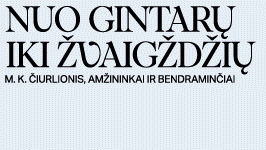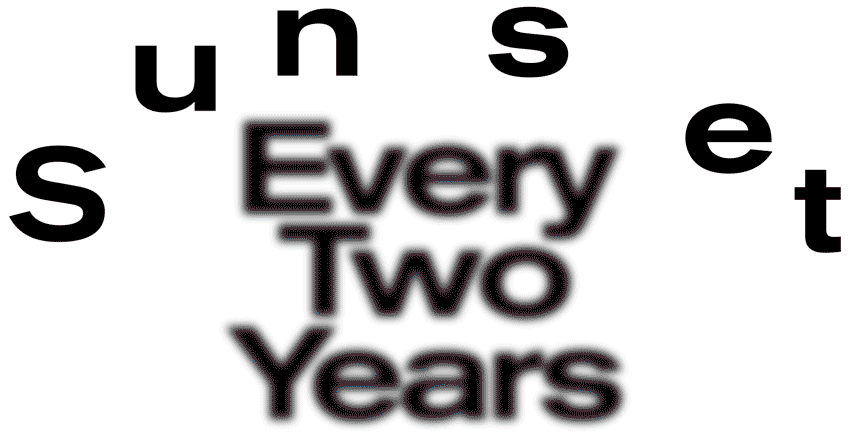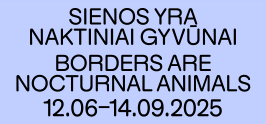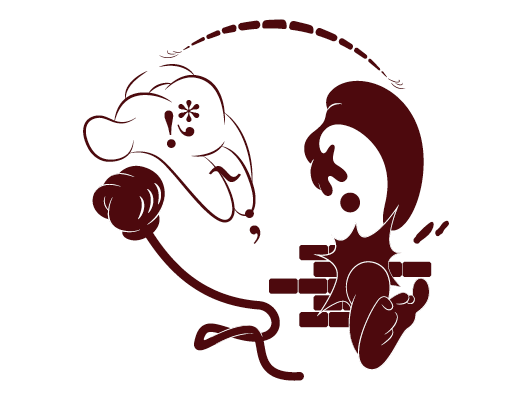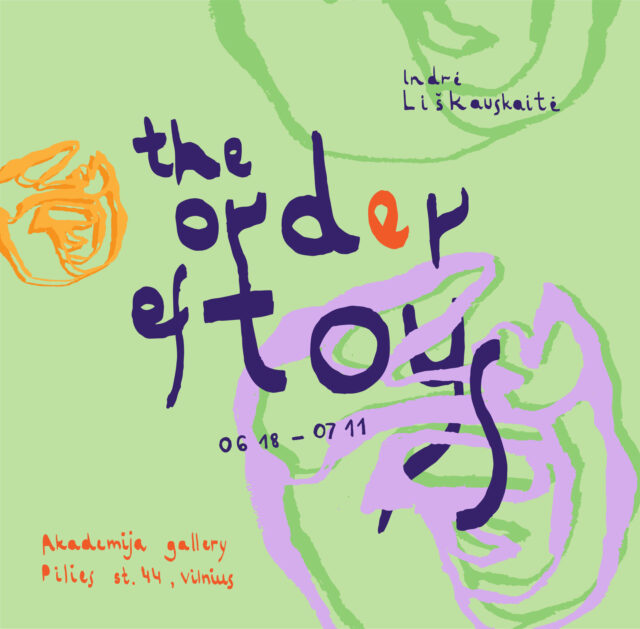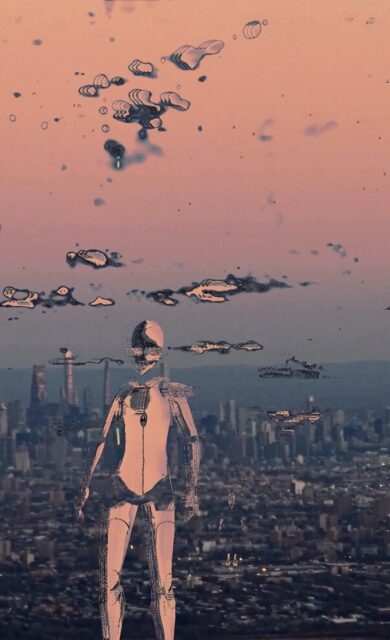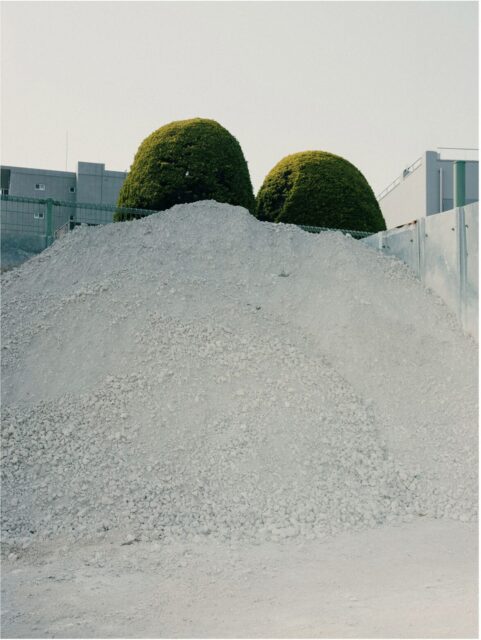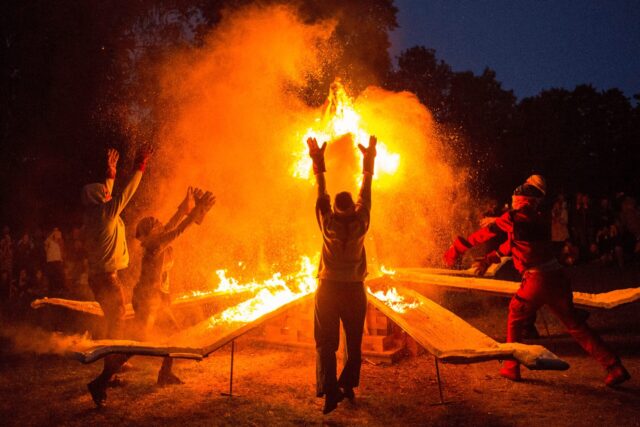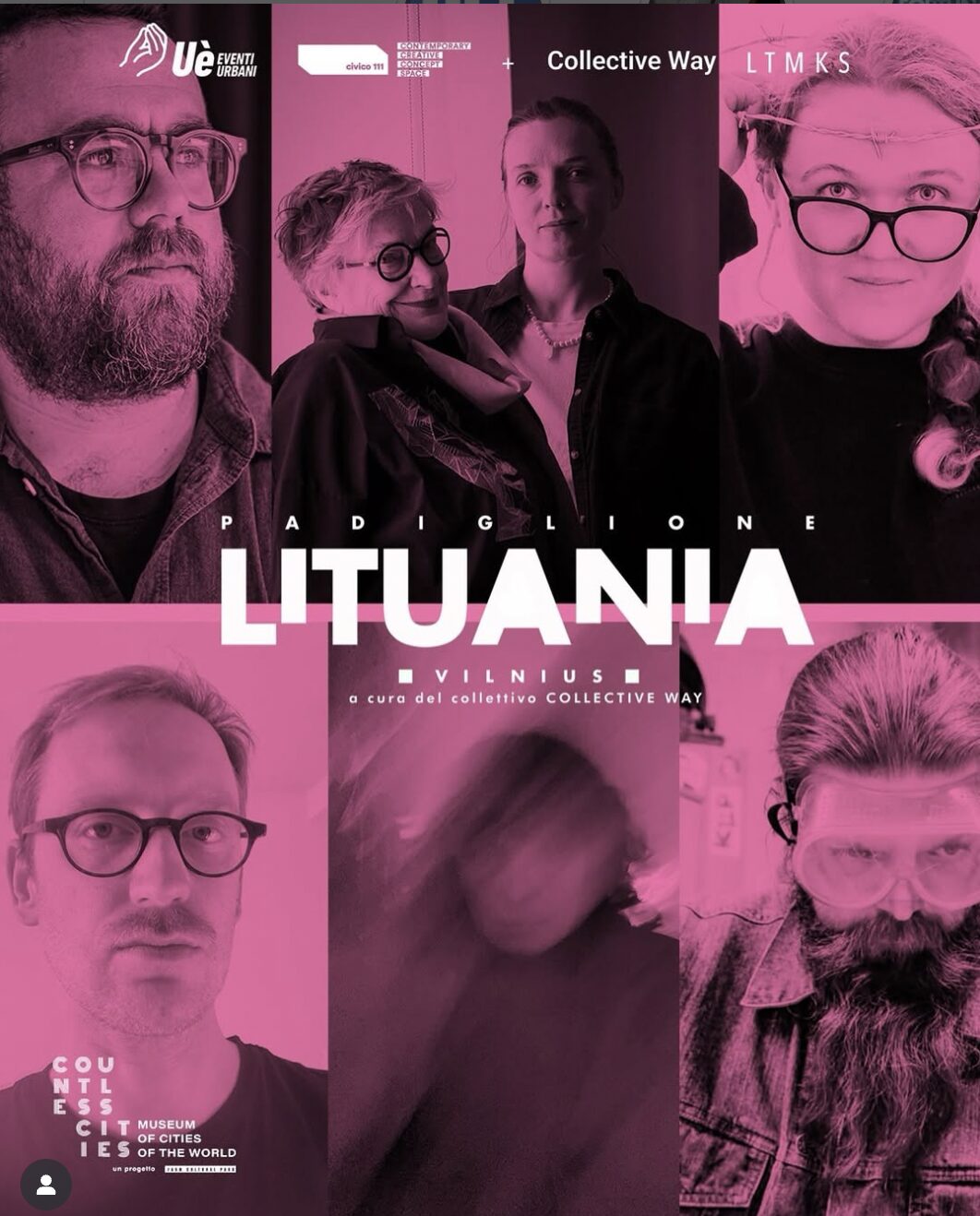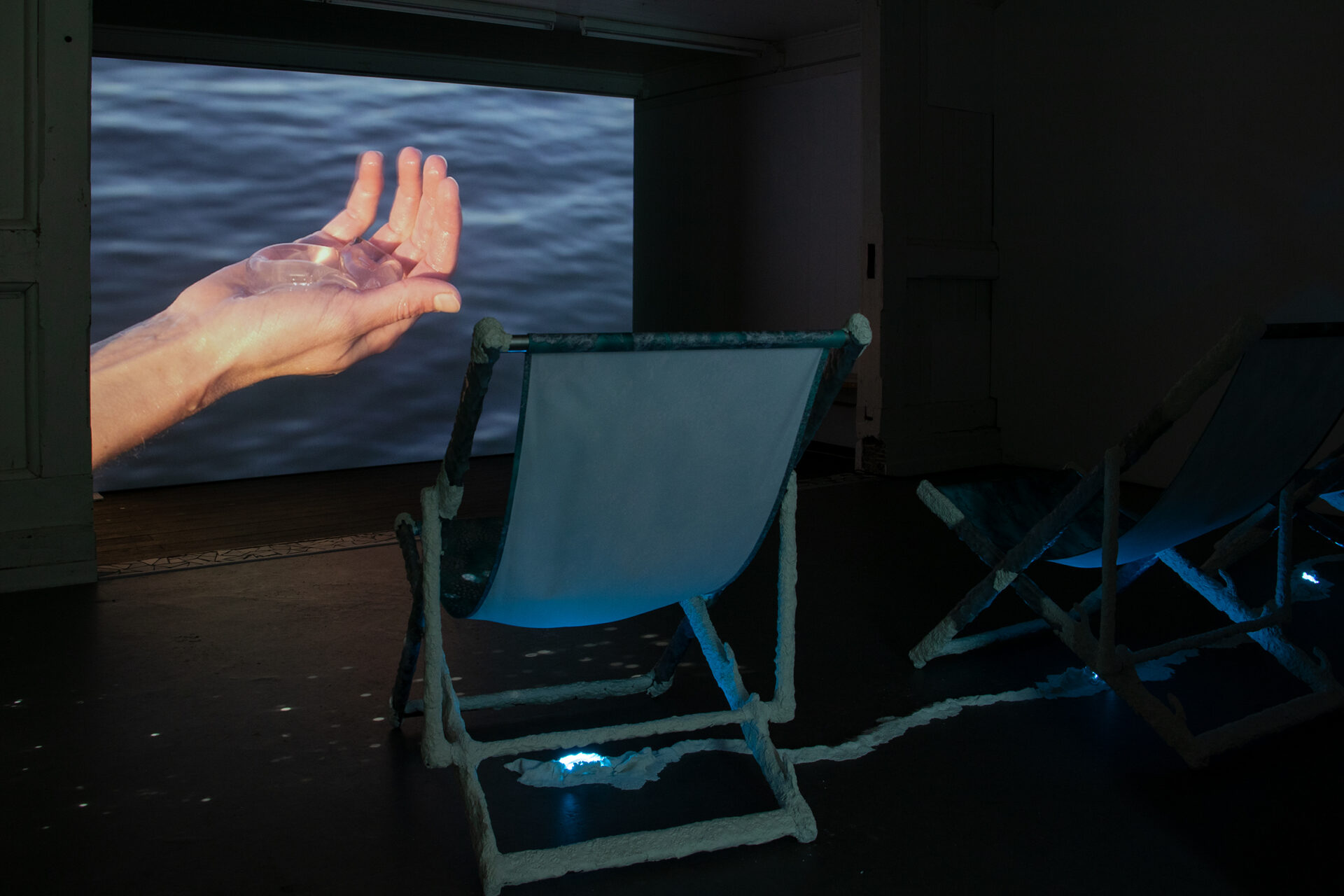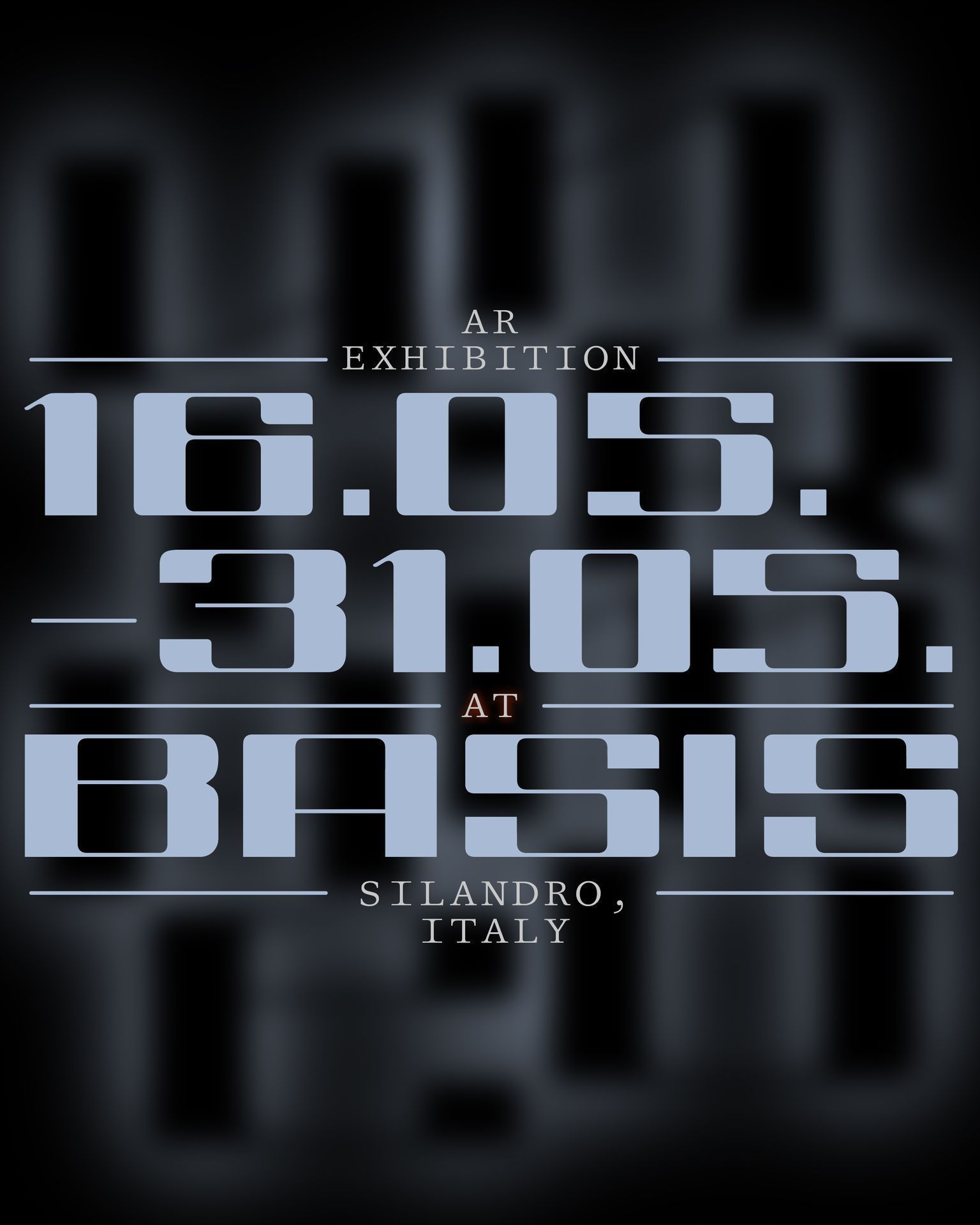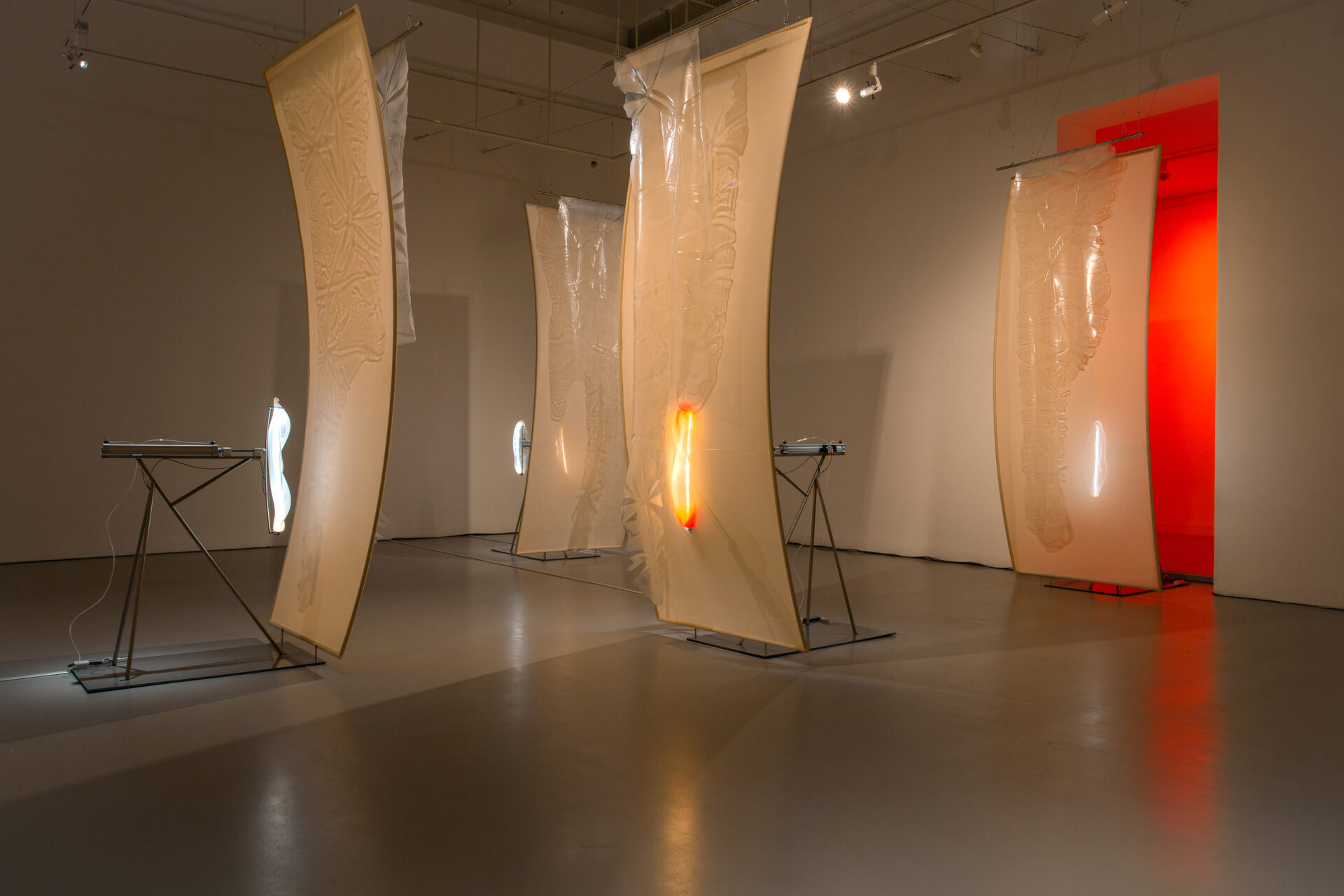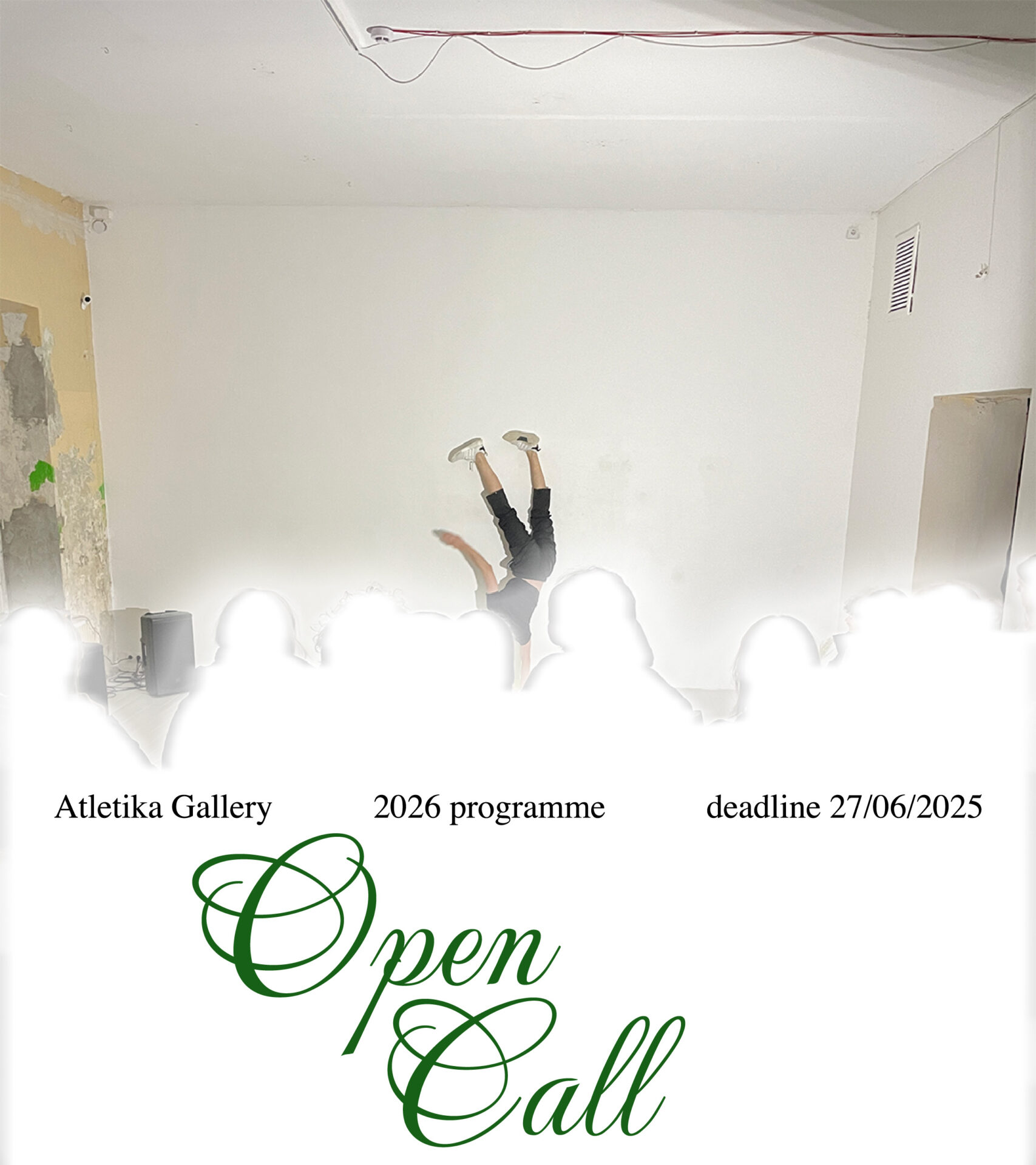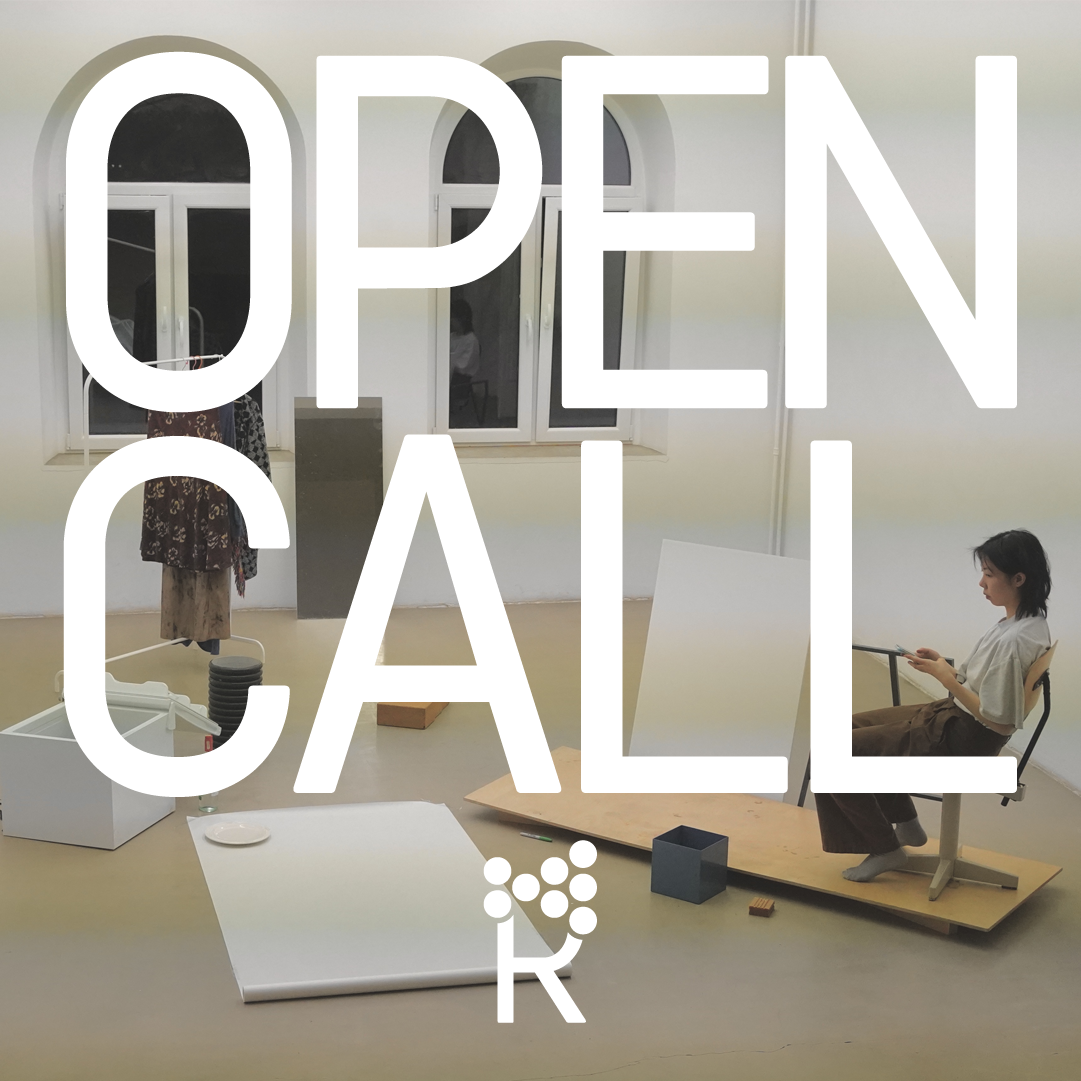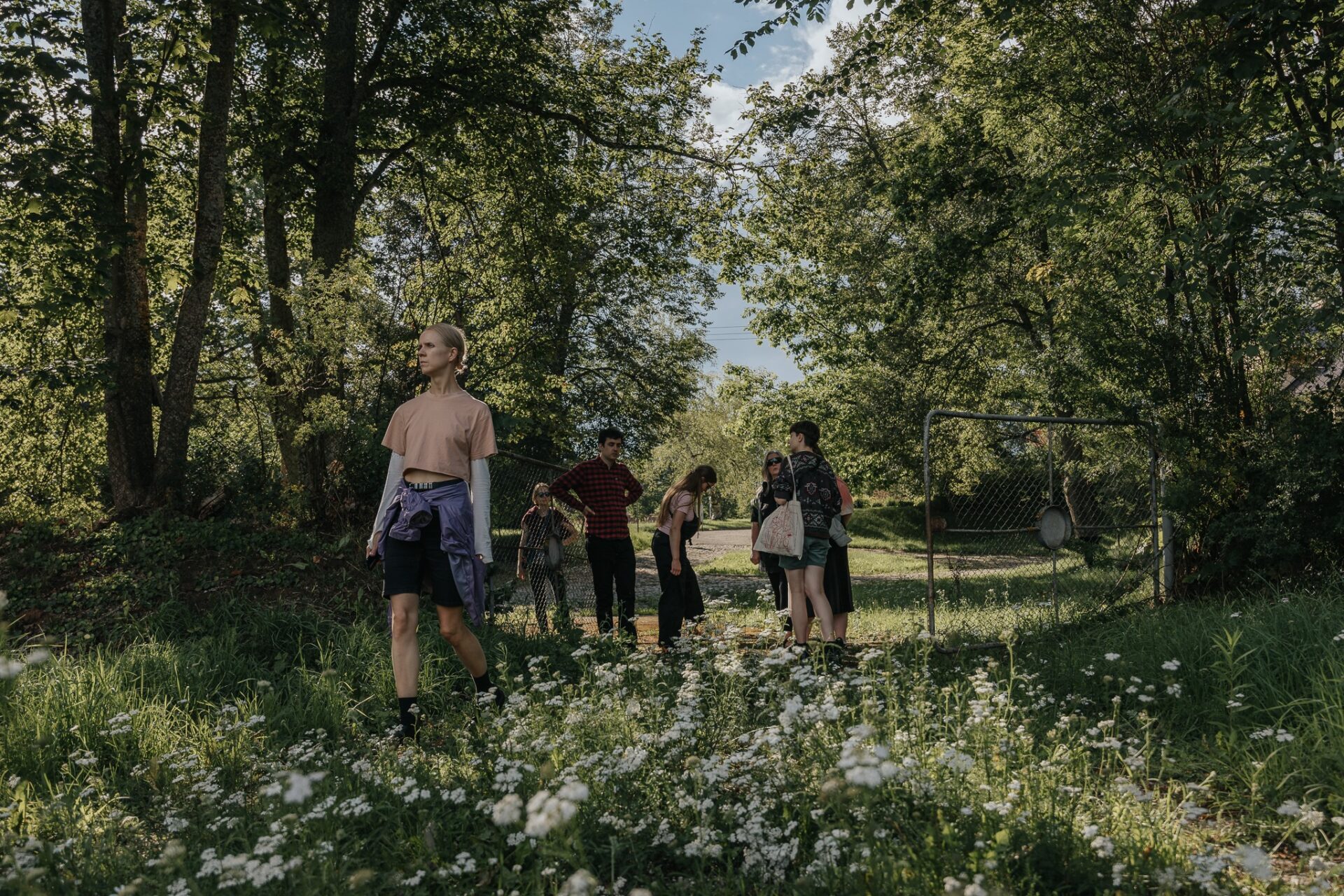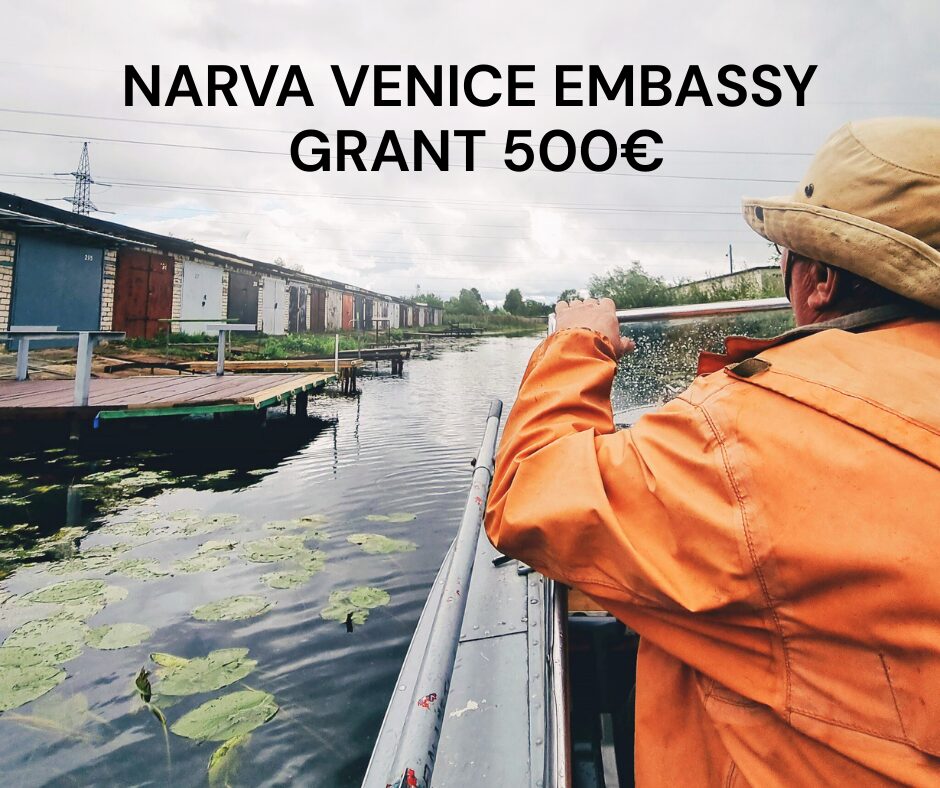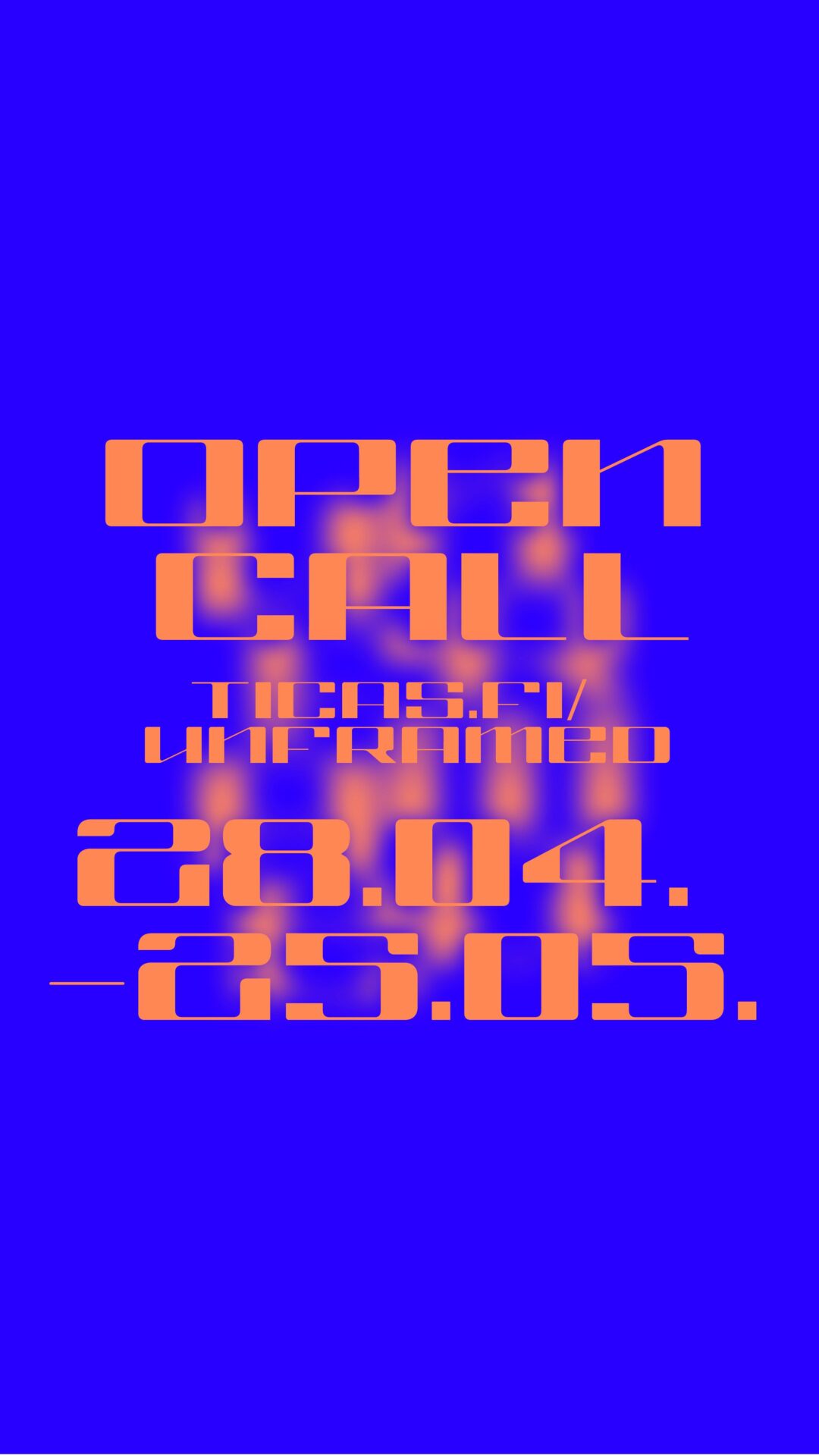In 1994, while the artist Gintaras Karosas was creating the Europos Parkas – an exclusive space of contemporary art for artists from all over the world in Lithuania, Japanese artist Tei Kobayashi responded to the invitation to contribute to the implementation of the idea.
Tei Kobayashi is a conceptual artist whose artwork relates to the socio-politico-economic environments into which she places her site-specific sculptural installations and creates her site-specific performances. Tei presents an intimate look into her own spirituality, physically entering her sculpted spaces, bodily expressing her rebirthing performances. Therein she makes artistic proclamations within the realms of her sculptural installations. Born in the deserts of Arizona and raised in the rugged Midwestern Colorado mountains of North America, Tei Kobayashi now lives deep in the heart of her mother’s country, Japan.
She came to Lithuania hoping to create a simple performance. Her simple hope became more than a momentary performance. A permanent sculpture, an integral part of the Europos Parkas became her focus. It was the first time she was creating something that would become eternal.
At the Europos Parkas, Tei Kobayashi created a sculptural installation entitled “YONI: Homage to Marija Gimbutas”. It consists of three columns of different heights: 3 meters, 5 meters, 7 meters. Each column is composed of stone fragments of different sizes and colours, resting one upon the other. It is a work that is harmonious with the environment, subtle. Resonating in the minimalism of Eastern sensibilities, speaking in symbols, and presenting references to visions of the famous scientist Marija Gimbutienė. The idea of the work is related to mythology, the concept of femininity and masculinity and vitality. “Yoni” is the source, the womb, rebirth, fecundity.
Tei Kobayashi dedicated her work in the Europos Parkas to an exceptional personality, the famous scientist Marija Gimbutienė, who left the world on February 2, 1994, at the age of 73.
Marija Gimbutienė (Gimbutas) — is a world-famous Lithuanian-born archaeologist and former professor at the University of California, Los Angeles (UCLA).
Best known for her pioneering hypotheses on European cultural development and identity, as well as a matristic society based on gender equality, Gimbutas was widely recognized within the global scientific community.
„Stone columns around a body of water, „Yoni: Homage to Marija Gimbutas“, is a work dedicated to the goddess. It is in homage to Marija Gimbutienė. I was invited to Lithuania to offer a simple art performance. I created a sculpture, an homage to Marija Gimbutas a celebration of her life.
I knew about Marija Gimbutienė, a Lithuanian woman who dedicated her life to the research and work of goddesses worshiped around the world. Three columns surrounding a pond, channeling life energy from father-sky to mother-earth.
One early morning I was wandering among the oak forests of Europas Parkas and came upon a pond. Deer were drinking from the pond. I was deep into the heart of the sculpture park, far from the entrance. It had been a quiet walk. The Oak forest and pond are integral to the sculpture. It is a site-specific sculptural expression of Fecundity. A celebration of the rebirth of a country, a restoration of independence. Lithuania once againwas an independent country. The goddess had given her blessings. Remnants of the Soviet regime still remained no longer oppressive instead reconstructive. A new beginning, a rebirth. The goddess appears in the oak grove, she graces the earth, she gives life. Stone fragments shaped into prayer beads, placed one upon the other, becoming columns. I prayed for the rebirth of a beautiful nation. Marija Gimbutienė had recently left this world. I felt that it would be an honourto dedicate this „Yoni“ to her.” – says the artist.
During the sculpture presentation event, the artist held a performance, during which she spoke with symbols and invited to listen attentively. It is a silent speech, which says the more the viewer perceives the meaning of the visible process, the more he can understand what is being conveyed and the more he can connect with his inner world, feel.
„On the day of the presentation of the sculpture, I wrapped one of the columns and myself i a traditional Japanese birthing cloth, I then immersed myself into the pond, under wate, crossing the pond. I struggled through the mud on the other side of the pond. Pulling the birthing cloth through the pond, out of the water. This Japanese birthing cloth (Sarashi) was muddied and wet, it had become umbilical, an umbilical cord connecting me with columns, spanning the pond. It was heavy and wet. As I pulled the cloth, trying to unwrap it from column, wrapping it around myself, I heard it rip. The umbilical cord had been cut. The sound pierced the darkness. It was dusk and the air was filled with the sound of the ripping cloth.A separation of nations. Declaration of Independence. I heard people crying. Lithuania was free again. The long-awaited Liberation.“
The performance was exceptional, it has never been done before in Lithuania. Interesting, mysterious, and painful performance of the artist was an unexpected and shocking experience for the viewers. Tei has opened up new artistic horizons “ – Gintaras Karosas remembers.
It has always been important for an artist to talk about a woman, the need for women to be strong and free, free from harmful superstitions and taboos. About having the will, the freedom to choose, and, first and foremost – the knowledge that we have that ability, about the power of a woman’s sensitivity.
„The idea of the goddess, the origins of her divinity and echoes in the society that worshiped the goddesses were better understood thanks to the research and works of Marija Gimbutienė. She was a Lithuanian woman who understood the beauty and power of the goddess. I believe the world has become more accepting of female power. A woman’s sensitivity is respected, a woman is a creator, a nurturer of love and peace. The goddess blessed this world with miraculous compassion.“
The House of Histories, the newest branch of the National Museum of Lithuania, is hosting an international exhibition “Goddesses and Warriors” to commemorate the legacy of Marija Gimbutienė as well as highlight her research on European origins and cultural identity.
Tei Kobayashi will present a new performance YONI: Ho¥mage to Marija Gimbutas. Performance will be broadcast on House of Histories Facebook page on March 3rd, 2022 at 6:30 PM EET., and later on will be published on the Youtube channel of the Lithuanian National Museum and Facebook of the exhibition space House of Histories. Supported by EU-Japan Fest, Lithuanian Council for Culture.
Simona Širvydaitė-Šliupienė,
National Museum of Lithuania

